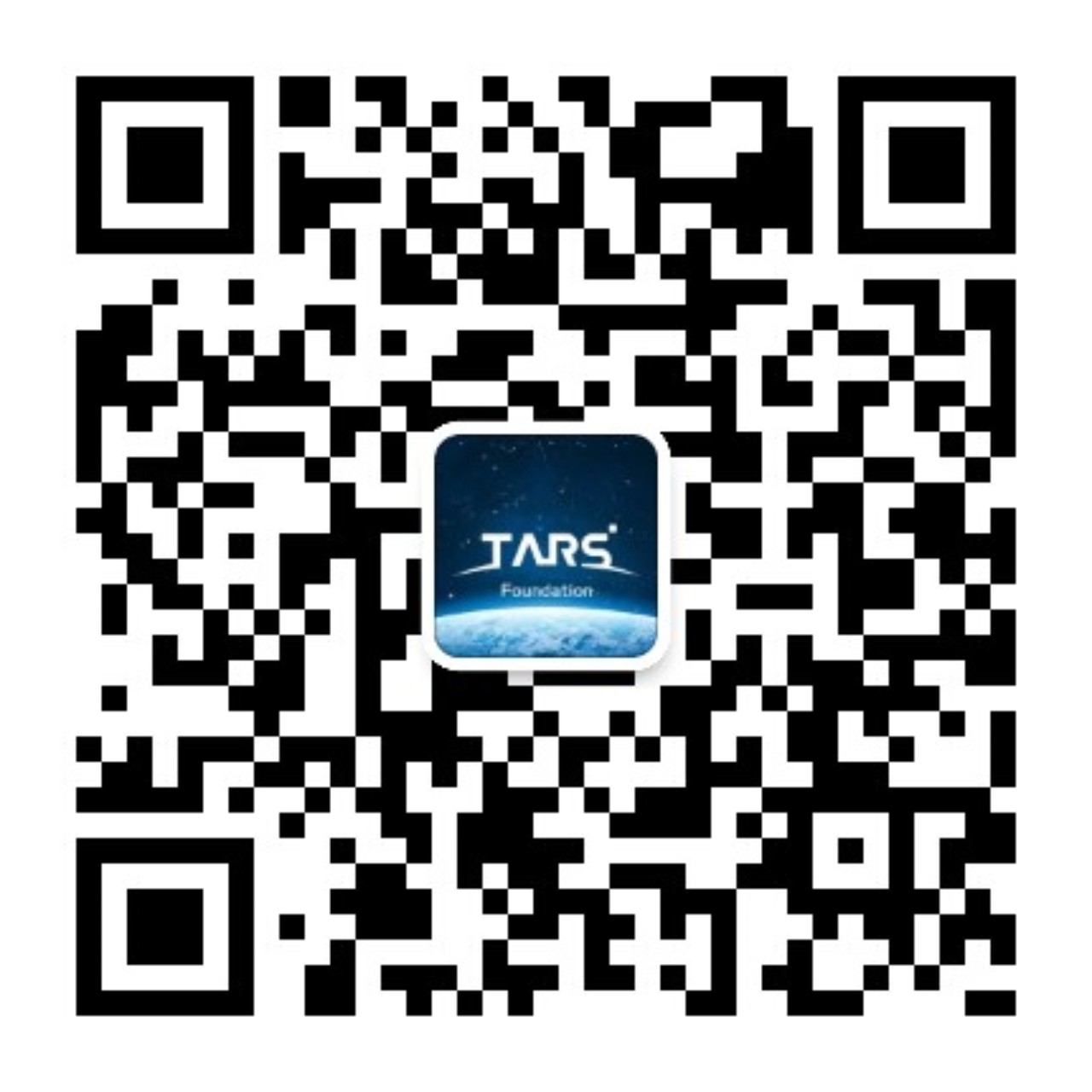To get involved with TARS open source projects, you can first become a Contributor by participating in software construction and having at least one pull request merged into the source code. You'd better read TARS documentation and learn more about Open Source Guide
There are several ways for software developers to engage with the TARS community and become contributors
- Help other users and answer questions.
- Submit meaningful issues.
- Use TARS projects in production to increase testing scenarios.
- Improve technical documentations.
- Publish articles on applications and case studies related to TARS projects.
- Report or repair the bugs found in TARS software.
- Write source code analysis or annotate.
Contributing Your First Pull Request
We encourage everyone to participate in the community through various ways such as project testing, documentation, and bug reporting. Contribute your first PR now!
- Fork the project from the TARS repository to your GitHub account.
- Git clone the repository to your local machine.
- Create a branch.
- Make changes to the code and test it on your local machine.
- Commit those changes and push to GitHub.
- Open a new pull request to submit your changes for review.
- We will check your changes after you submit it.
- Your changes will be merged into the master branch if accepted.
Now you did it! You’ve become a TARS Contributor, and you will receive a Contributor t-shirt!
